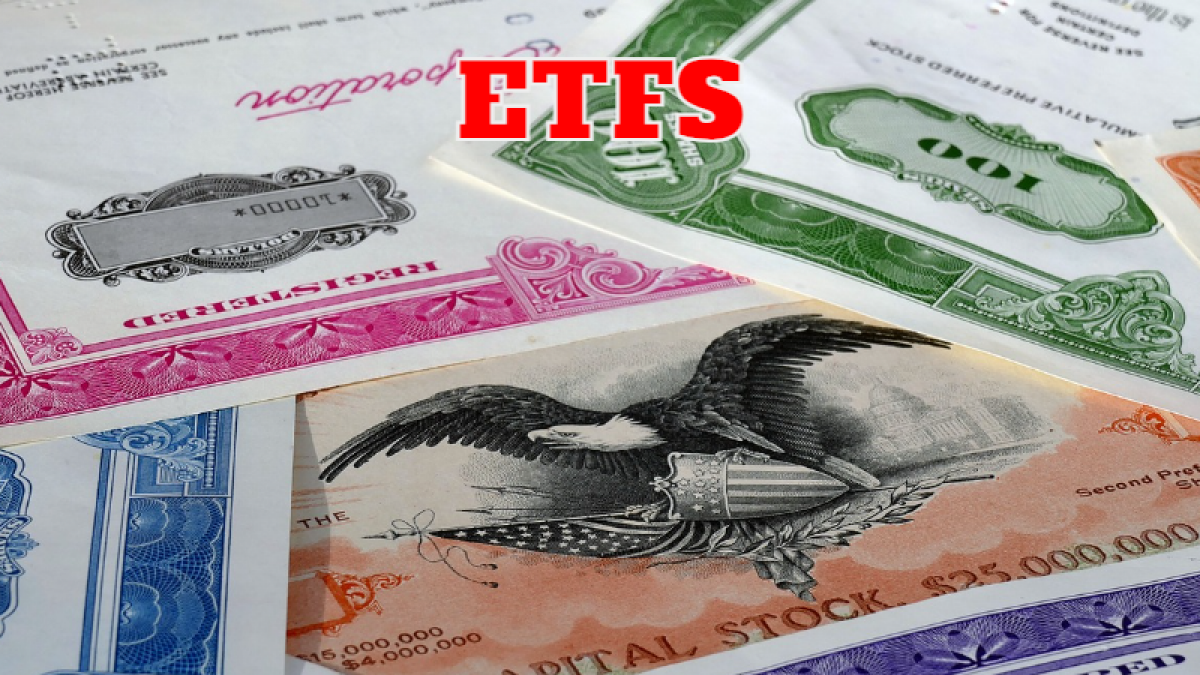If you’ve ever thought about dabbling in the world of investments, you might have heard about something called Exchange-Traded Funds, or ETFs for short. They’re this fascinating blend of diversification, cost-efficiency, and tax benefits all wrapped into one. Imagine a cross between mutual funds and stocks – that’s what ETFs are. They’re flexible, allowing you to follow various things from indexes to sectors, from commodities to currencies, and even themes! Whether you’re an adventurous risk-taker or more of a careful planner when it comes to investments, ETFs can fit the bill. In this blog post, I’m going to break down the ins and outs of ETFs, how they function, and how you can get started investing in them. Let’s dive in!
Table of Contents
What are ETFs?
ETFs are collections of securities that are pooled together and divided into shares that can be bought and sold on an exchange. Each share represents a proportional ownership of the underlying securities in the fund. For example, if you buy a share of an ETF that tracks the S&P 500 index, you are effectively owning a small piece of 500 large U.S. companies.
ETFs can track various types of securities, such as stocks, bonds, commodities, currencies, or derivatives. They can also track specific segments of the market, such as industries, regions, themes, or factors. For example, you can find ETFs that focus on technology, health care, emerging markets, clean energy, value stocks, or dividend stocks.
ETFs can be classified into two main categories: passive and active. Passive ETFs aim to replicate the performance of a specific index or benchmark by holding the same securities in the same proportions as the index. Active ETFs aim to outperform a specific index or benchmark by using different strategies or criteria to select and manage the securities in the fund.
How do ETFs work?
ETFs are created and managed by fund providers or sponsors, who are responsible for designing the fund’s objective, strategy, and portfolio. The fund provider also appoints an authorized participant (AP), who is usually a large financial institution that has the ability to create and redeem ETF shares.
To create ETF shares, the AP buys the underlying securities from the market and delivers them to the fund provider in exchange for a basket of ETF shares. The AP then sells the ETF shares on the exchange to investors. To redeem ETF shares, the AP buys them back from the market and delivers them to the fund provider in exchange for a basket of underlying securities. The AP then sells the underlying securities on the market.
The creation and redemption process helps to keep the ETF’s price close to its net asset value (NAV), which is the value of its underlying securities divided by the number of shares outstanding. If the ETF’s price is higher than its NAV, the AP can arbitrage the difference by creating more shares and selling them on the market. If the ETF’s price is lower than its NAV, the AP can arbitrage the difference by redeeming more shares and buying them on the market.
How to invest in ETFs?
To invest in ETFs, you need to have a brokerage account that allows you to trade on an exchange. You can then research and compare different ETFs based on their objectives, strategies, holdings, performance, fees, risks, and ratings. You can use various tools and resources online to help you with your research, such as fund provider websites, financial websites, blogs, podcasts, newsletters, or books.
Once you have chosen an ETF that suits your investment goal and risk profile, you can buy it on the exchange like any other stock. You can use different types of orders to execute your trade, such as market orders, limit orders, stop orders, or trailing stop orders. You can also use different types of accounts to hold your ETFs, such as taxable accounts, retirement accounts, or education savings accounts.
You should monitor your ETF portfolio regularly and adjust it according to your changing needs and market conditions. You should also be aware of the costs and taxes associated with investing in ETFs. Some of the costs include brokerage commissions, bid-ask spreads, management fees, expense ratios, tracking errors, and premium/discount risks. Some of the taxes include capital gains taxes, dividend taxes, and foreign withholding taxes.
Conclusion
ETFs are a type of investment that can offer diversification, low costs, and tax efficiency. They are similar to mutual funds, but they trade like stocks on an exchange. ETFs can track various indexes, sectors, commodities, currencies, or themes, and they can suit different investment goals and risk profiles. To invest in ETFs, you need to have a brokerage account that allows you to trade on an exchange. You can then research and compare different ETFs based on their objectives, strategies, holdings, performance, fees, risks, and ratings. You can then buy and sell them
